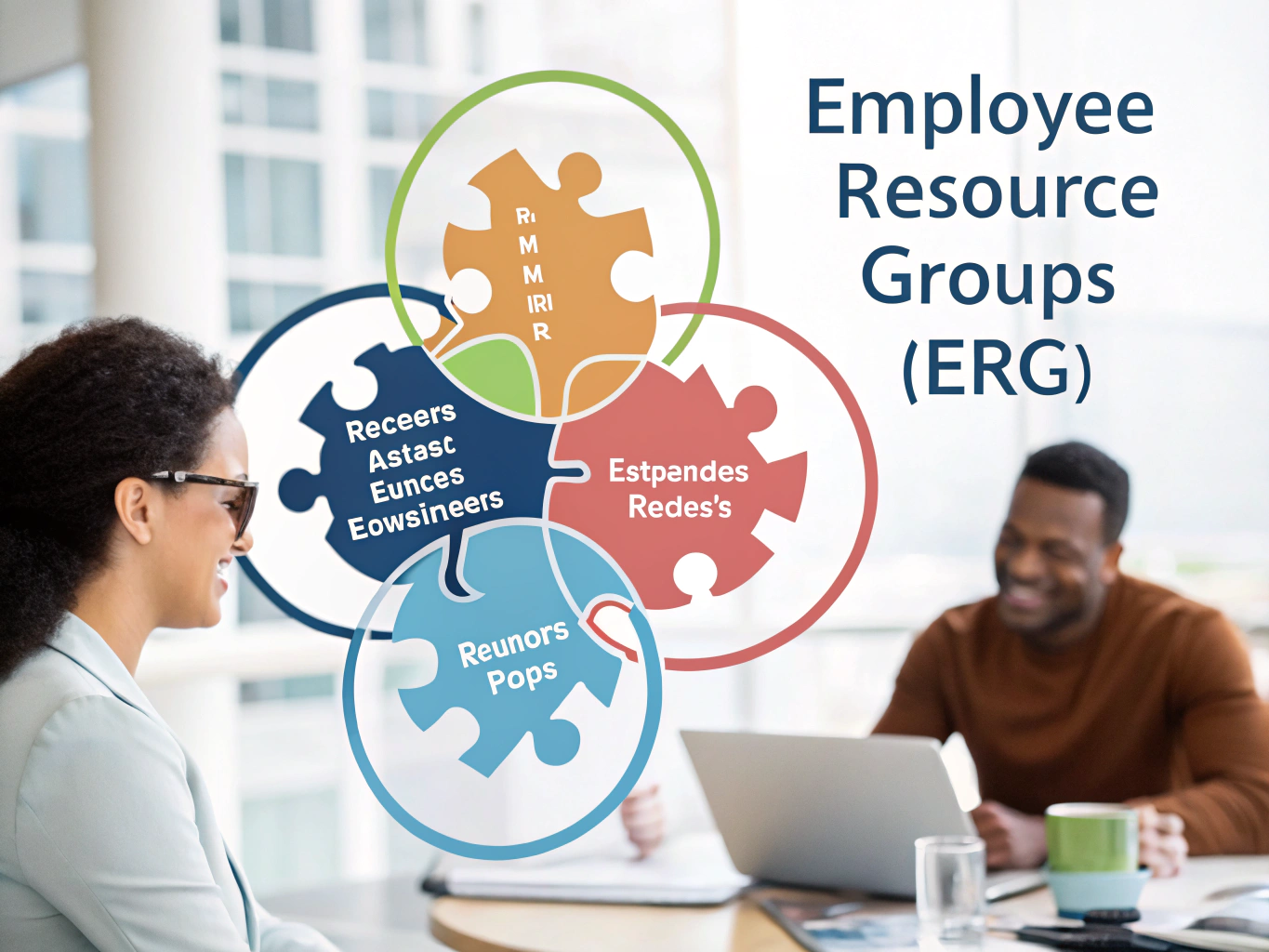Definition
Source of Hire (SoH) is a valuable metric that helps you identify where your new employees are coming from. It tracks the channels through which candidates discover your job openings, whether that’s through job boards, referrals, social media, or other avenues. Understanding your SoH gives you insight into what works best for attracting top talent to your organization.
Key Components
To truly grasp the concept of Source of Hire, it’s essential to break it down into its main elements. Each component plays a crucial role in shaping your recruitment strategy.
- Candidate Journey: This refers to the path taken by a candidate from discovering the job opening to submitting their application. For example, a candidate might see a job posting on LinkedIn, then visit your careers page to learn more about your company culture.
- Source Categories: Sources can be divided into various categories, such as direct applications, employee referrals, job boards, social media, and recruitment agencies. Understanding these categories helps you focus your efforts where they matter most.
- Impact on Hiring Phases: Different sources may affect various stages of the hiring process differently. For instance, referrals might lead to quicker hires, while candidates from job boards may require more time to screen.
- Tracking and Analytics: Utilizing tools and systems to track hires effectively is critical. Analytics platforms can help you measure the effectiveness of each source over time, giving you data-driven insights.
- Return on Investment (ROI): Assessing the cost associated with each source in relation to successful hires can help you allocate your recruitment budget more efficiently. For example, if referrals yield high-quality hires with minimal cost, it may be wise to invest more in that area.
Importance in the Workplace
Understanding your Source of Hire has far-reaching implications in the workplace. For example, let’s say a startup discovers that most of its successful hires come from employee referrals. This insight could lead to the implementation of an employee referral program, incentivizing current staff to recommend candidates. Conversely, if the majority of applicants are coming from job boards, it may indicate a need to enhance your job postings or invest more in those platforms.
Moreover, knowing where your hires come from can help you tailor your employer branding efforts. If you find that candidates from social media tend to align well with your company values, you can focus on building a strong presence on those platforms to attract similar talent.
Best Practices
To maximize the effectiveness of your Source of Hire analysis, consider these actionable best practices:
- Utilize Tracking Tools: Implement an Applicant Tracking System (ATS) that allows you to easily monitor where candidates are applying from. This tool can streamline your hiring process and provide valuable data.
- Regularly Review and Adjust: Make it a habit to evaluate your source performance regularly. If you notice a source is underperforming, don’t hesitate to pivot your strategy and explore new avenues.
- Engage in Networking: Attend industry events and network with other professionals. Building relationships can lead to referrals and insights into effective recruitment strategies.
- Leverage Social Media: Be active on platforms like LinkedIn, Twitter, and Facebook to promote your job openings. Engaging content can draw in candidates who resonate with your company culture.
- Solicit Employee Feedback: Encourage your current employees to share their thoughts on how they found out about your company. This can provide insights into optimizing your recruitment channels.
Legal Considerations
When analyzing your Source of Hire, it’s crucial to be mindful of legal considerations around hiring practices. Ensure that you’re not inadvertently favoring certain demographics or violating equal opportunity laws. For example, if you primarily rely on referrals, be aware that this can sometimes lead to a homogenous workforce. It’s essential to maintain diversity in your hiring process to foster an inclusive workplace.
Conclusion
Understanding your Source of Hire is more than just a metric—it’s a cornerstone of effective recruitment strategy. By identifying where your talent comes from, you can make informed decisions that enhance your hiring processes and improve the quality of your workforce. So, take the time to analyze your hiring sources, refine your approach, and watch as your recruitment efforts lead to stronger, more capable teams. With the right focus, you’ll not only attract top talent but also build a workplace that thrives on diversity and innovation!




